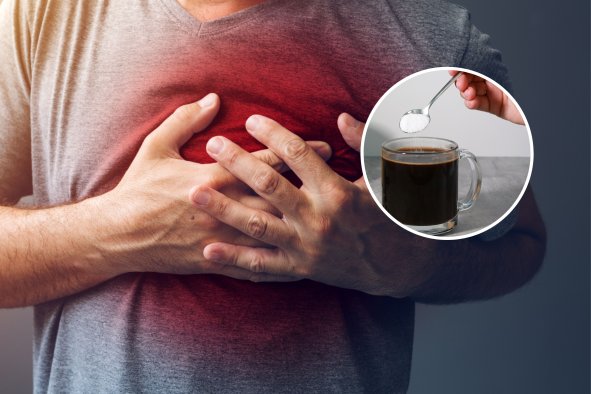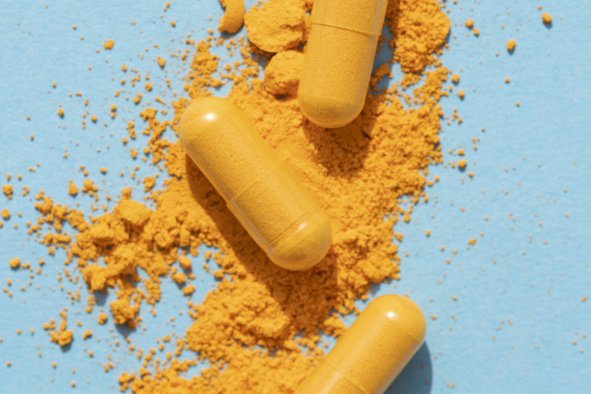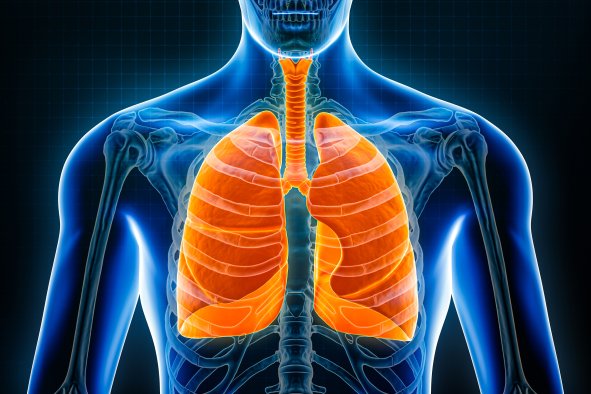Mothers exposed to higher traces of a common plastic chemical are more likely to give birth to sons with autism, a new study says.
Research found that developing boys exposed to traces of Bisphenol A (BPA) in the womb were six times more likely to receive a full diagnosis by the age of 11.
They were also more likely to display autistic symptoms from as young as age 2.
Seventy pairs of new moms were monitored by experts at The Florey, Melbourne, Australia, one of the world's best-known brain development facilities. Overall, the assessment period lasted a decade.
"Exposure to plastic chemicals during pregnancy has already been shown in some studies to be associated with subsequent autism in offspring," Anne-Louise Ponsonby, professor and lead researcher, said in a statement.
She feels this work will contribute to a better understanding of "part of the autism puzzle."
BPA is used to harden plastics in household items such as food containers, glasses and water bottles.
Broken down into microplastics, these substances work their way into the human body via the inadvertent absorption of plastic products.
Crucially, BPA works against healthy development in the womb through switching off the mother's aromatase, an enzyme particularly important to the development of male fetuses.
Restricted maternal aromatase inhibitors are known to have profound implications on gestational development.
Why doesn't the same thing affect young girls? An absence of healthy amounts of the enzyme is known to affect females later on, and physically, rather than neurologically, through the delayed development of secondary sex characteristics and balding.
The team fears that the ubiquity of plastic products means avoiding BPA is a near-impossible task.
"We all ingest plastic chemicals in many ways—through ingesting plastic food and drink packaging, inhaling home renovation fumes, and through the skin from sources such as cosmetics," Ponsonby said.
"There are so many ways these chemicals enter our bodies, so, it's not surprising that BPA was present in a large proportion of the women's urine samples we studied. It's important for us to understand how these plastics affect our health."
Following this, Ponsonby and her team decided to interrogate this theory further using mice.
They treated each of them with a rodent-sized dose of the chemical and found distinct behavioral changes.
"We found that BPA suppresses the aromatase enzyme and is associated with anatomical, neurological and behavioral changes in the male mice that may be consistent with autism spectrum disorder," Research Fellow Dr. Wah Chih Boon said in a statement.
A type of fatty acid called 10-hydroxy-2-decenoic acid proved successful in reversing parts of the aforementioned side effects in each animal.
"It warrants further studies to see whether this potential treatment could be realised in humans," she added.
These findings are now contributing to public safety regulators regarding manufactured chemical exposure, including plastic chemicals, during pregnancy and early life.
However, the consensus from other specialists in the field is mixed.
David Skuse, professor at the UCL Institute of Child Health, agrees that more needs to be done to understand dangerous substances thwarting hormone production during child development.
"I am certainly concerned about the environmental impact of endocrine disruptors—this is indeed an important area of research," he told Newsweek.
While the researchers have a "plausible set of hypotheses," he says, it's important to remember that "association does not equal causation."
He disagrees that mice are the right subjects to undertake further observations.
"Males and females with ASD have similar degrees of social communication problems, both qualitatively and quantitatively. You cannot measure subtleties of social communication by humans in a mouse model."
Dr. Alex Tsompanidis specializes in the role of steroid hormones in neurodevelopment at Cambridge University's Autism Centre.
The topic of this research resonates with much of his own work. Despite this, he feels the study should be reproduced on a larger scale, several times over, before any true conclusions are drawn.
"However, (the study) should be replicated in larger and independent cohorts. We know that the cause of autism is multifactorial and also involves heritable/genetic factors," he told Newsweek.
"I think it's important to highlight that we don't think of autism as a disorder that should be prevented or cured, but a condition that contributes to the neurodiversity of human societies. So any clinical potential should carefully be discussed and targeted to the improvement of the lives and health of autistic people."
Do you have a tip on a science story that Newsweek should be covering? Do you have a question about microplastics? Let us know via science@newsweek.com.
References
Novakovic, B., Herbstman, J. B., Wang, S., Guo, J., Chia, J., Tran, N. T., Hwang, S. E., Britt, K., Chen, F., Kim, T. H., Reid, C. A., ... Boon, W. C. (2024). Male autism spectrum disorder is linked to brain aromatase disruption by prenatal BPA in multimodal investigations and 10HDA ameliorates the related mouse phenotype. Nature Communications, 15(1), 6367. https://doi.org/10.1038/s41467-024-48897-8
Disclaimer: The copyright of this article belongs to the original author. Reposting this article is solely for the purpose of information dissemination and does not constitute any investment advice. If there is any infringement, please contact us immediately. We will make corrections or deletions as necessary. Thank you.




